WTF is Web5? An Extra Decentralized Web Platform | Web5 Simplified
 Victor "Elite" Ogunbode
Victor "Elite" Ogunbode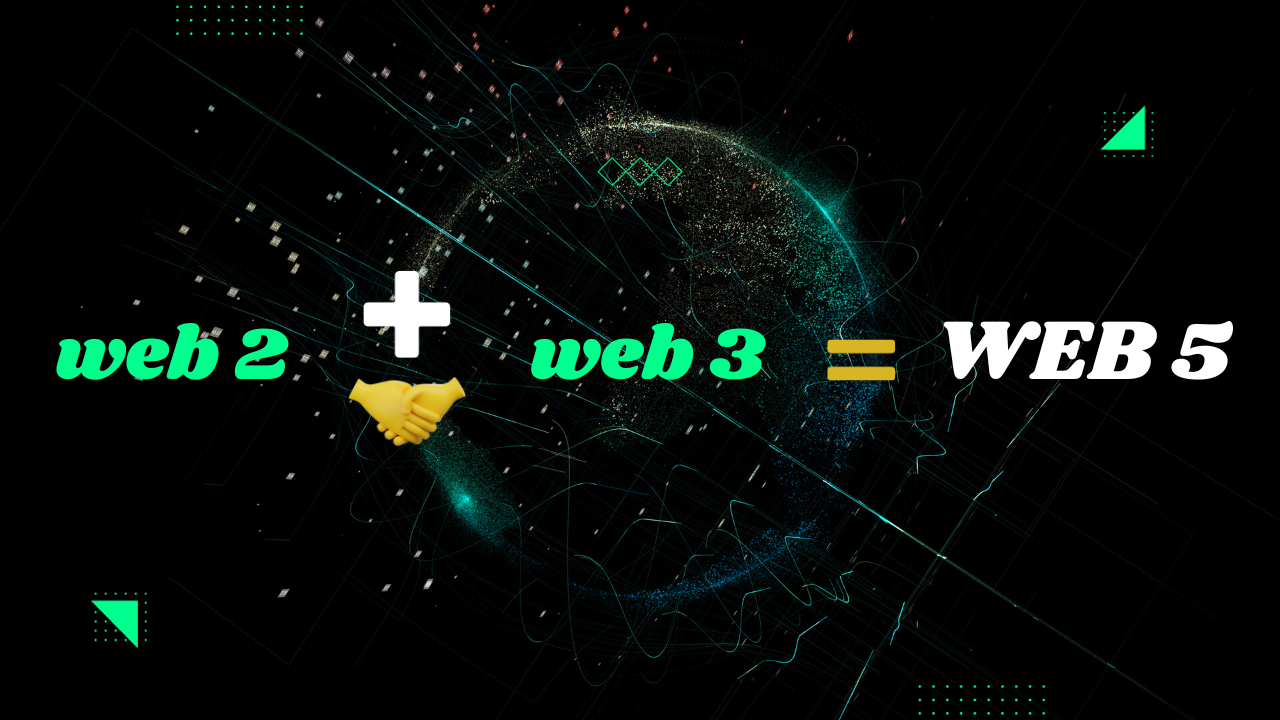
I was strolling through the streets of twitter sometime in late 2022 when I came across a thumbnail article about web5, “they must have wanted to write web3”, I remember saying to myself but I kid you not… lol, there is actually web5 which has been in existence for over a year now, Launched by Jack Dorsey’s TBD, the former CEO and founder of Twitter (now X) in June 2022.
TBD which actually means To Be Decentralized a division of Jack Dorsey’s financial-technology company Block (SQ), launched the new open-source toolkit for its Web5 project during the Bitcoin 2023 conference in May, designed to make it easier for developers to create decentralized Internet applications which brings us to the most important component of web5; DECENTRALIZATION.
From Web1 to Web5
But before we dive deeply into web5 and the intricacies of decentralization, we need to quickly understand the rise from web1 to where we are today. Web1 in the early days of the internet offered read-only static pages and users were not able to interact with contents. Web2 ushered in a wave of social networking, user interaction and engagement which has powered the major activities of the internet and has democratized the exchange of information. However, it’s missing a key layer: identity. We struggle to secure personal data with hundreds of accounts and passwords we can’t remember.
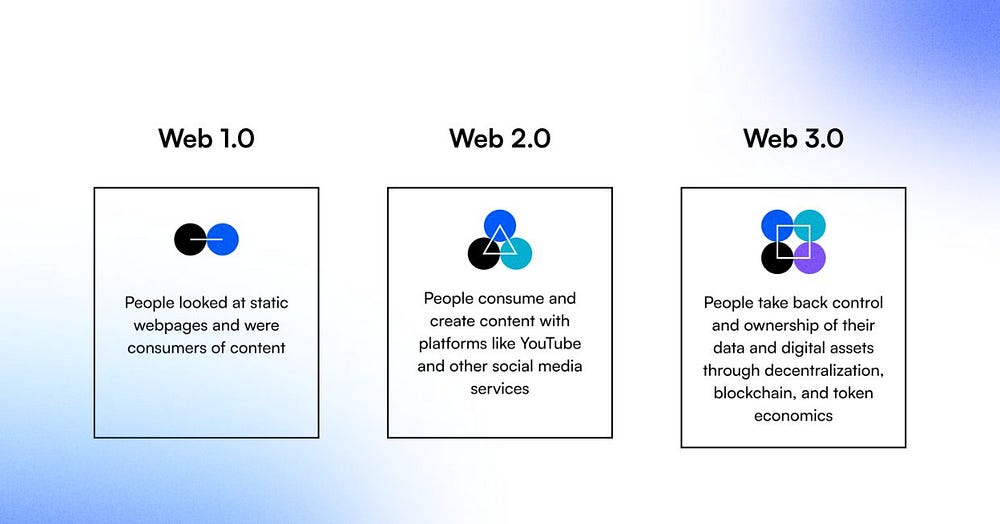
Differences Between Web1, Web2, and Web3
On the web today, identity and personal data have become the property of third parties and most of these companies use our personal and identity data as they so wish. Web3 powered by blockchain technology and advanced cryptographic security protocols aims to bridge this gap by providing decentralization and semantic integration, however it is still not enough or completely decentralized as most of this blockchain projects are sponsored and controlled by big money venture capitalists. At this point, you must be wondering what about web4? Well web4 is all about connecting Internet of Things (IoT) with Artificial Inteligence, Blockchain and Mixed Reality.
Decentralization
Web5 establishes itself on one key principle: Putting you in control of your data and identity. It evangelizes complete decentralization and ownership of your personal data storage and identity on the internet. Now, what is decentralization in itself?
According to Oxford Dictionary, decentralization the transfer of control of an activity or organization to several local offices or authorities rather than one single one.
As of now, when we interact with the internet, engage in activities on social media and the likes, our data, identity, behavior, demographics and engagements on the internet is stored in a centralized place or with a centralized company or organization with which platform we use, this gives them full and ultimate control over our data and they decide to make use of it as they deem fit.
Decentralization is the complete opposite, your data and information is stored across multiple networks and through the use of bitcoin technology which employs cryptographic and encryption security protocols, your data is completely safe and secured.
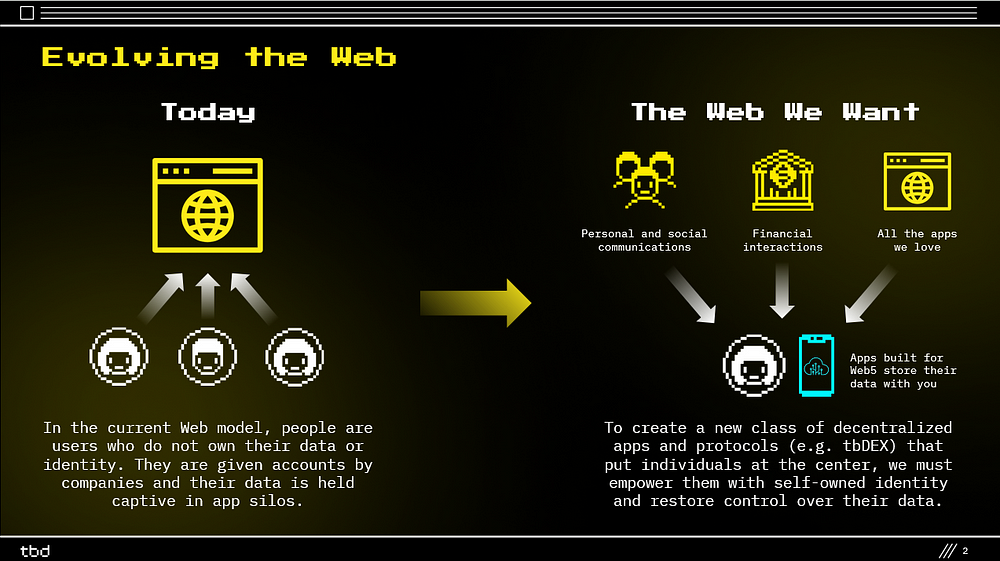
A slide from TBD’s pitch deck on Web5. | Image: TBD
While web3 already allows you decentralize your data and be anonymous over the internet, you still don’t have full and complete control over your data and private information, this is what web5 aims to solve. Web5 is a vision for a decentralized internet similar to Web3, but there are a few key differences.
Web5 is a decentralized version of the internet where users store their own personal information and can revoke access at will
Web5 simply aims to employ the decentralization technology web3 offers with already standardized web2 applications and platforms, hence web2 + web3 = web5. It combines the user-friendly convenience of Web 2.0 with the mission of decentralization pioneered by web3.
Pillars of Web5
There are 3 main pillars of web5: Decentralized Identifier (DID), Verifiable Crendential (VC) and Decentralized Web Nodes (DWN). I am not going to go deep into these terminologies as this article is aimed at simplifying and not complicating your understanding of web5 however I am going to share references at the end of the article, you can read more if you so wish.
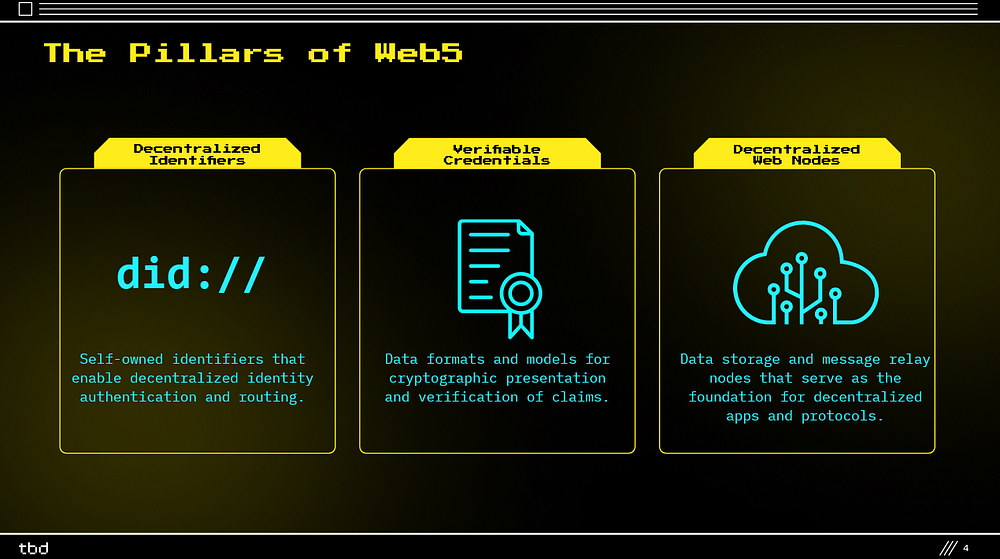
The Pillars of Web5. Image: TBD
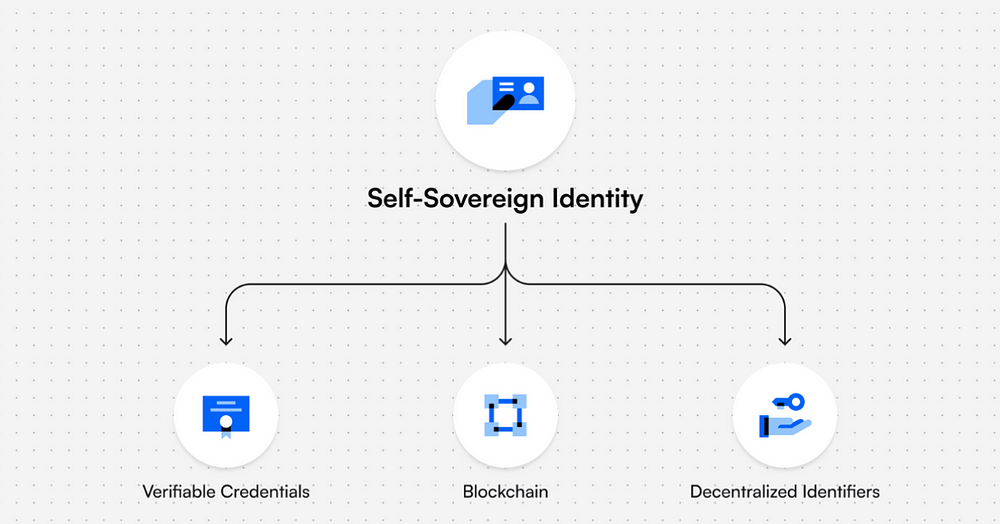
Web3 is a decentralized internet that enables Self-Sovereign Identity. Image: Dock
Web5 lets you store and control your own data with decentralized web nodes. The Web5 framework also doesn’t use smart contracts or tokens to function like Web3 does. So look at it this way, you have a box where you keep all your information like username, password, email, identity information, health records, links, music playlists, media and other types of data. This data records are kept safely and secured with you locally but also stored across different networks which are decentralized web nodes and anytime you want to say signup on a website or app, you decide which information or data you share with the app and how much access the app has on your data. You have the ability to revoke access at will and these information is completely encrypted giving you anonymity and control over your data.
Through a digital identity wallet like Essentials, you can create a digital identity with all your information or you can be issued verifiable credentials by trusted source of credentials, perhaps issuing passports or drivers licenses, or perhaps a trusted person. You then keep your credentials for later use. You(holder) can present the credential to a Verifier. The Verifier will check that the credential belongs you (via your DID), and that they (the Verifier) trusts the Issuer (via their DID). If they do, they can trust you that they have the qualifications presented to them.
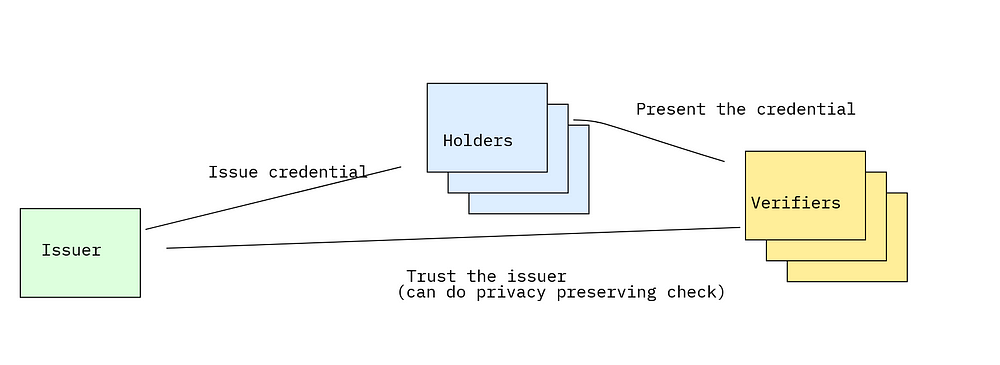
Triangle of Trust. Image: TBD
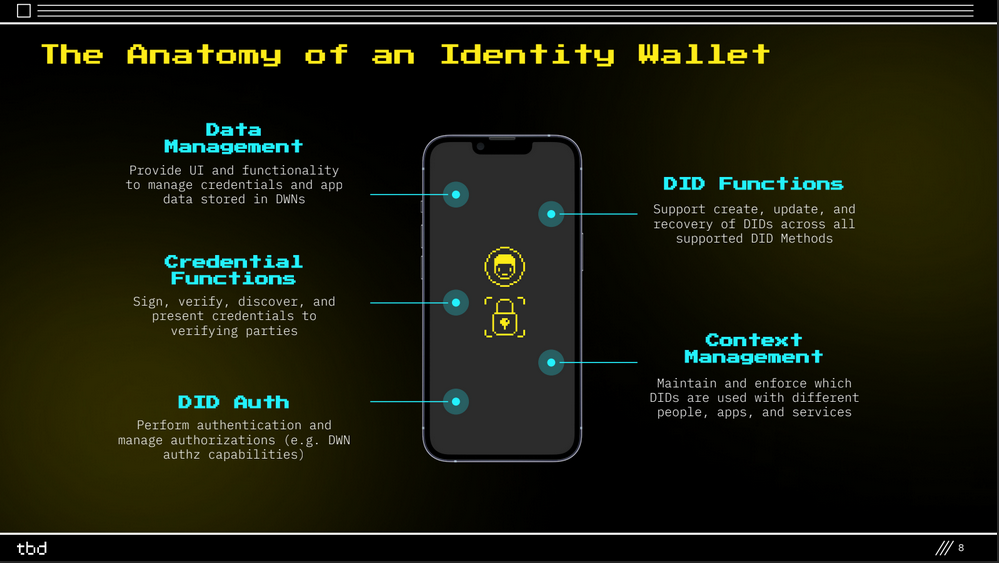
The anatomy of an Identity Wallet
For technicalities, Web5 leverages the Bitcoin Lightning Network, a Layer 2 payment protocol that operates off of the main Bitcoin blockchain. Placing Web5 on this protocol allows rapid network functionality independent of tokens, transaction “gas” fees, trusted validators or additional consensus mechanisms — all in order to create a peer-to-peer infrastructure of personal servers and reduce centralized governance.
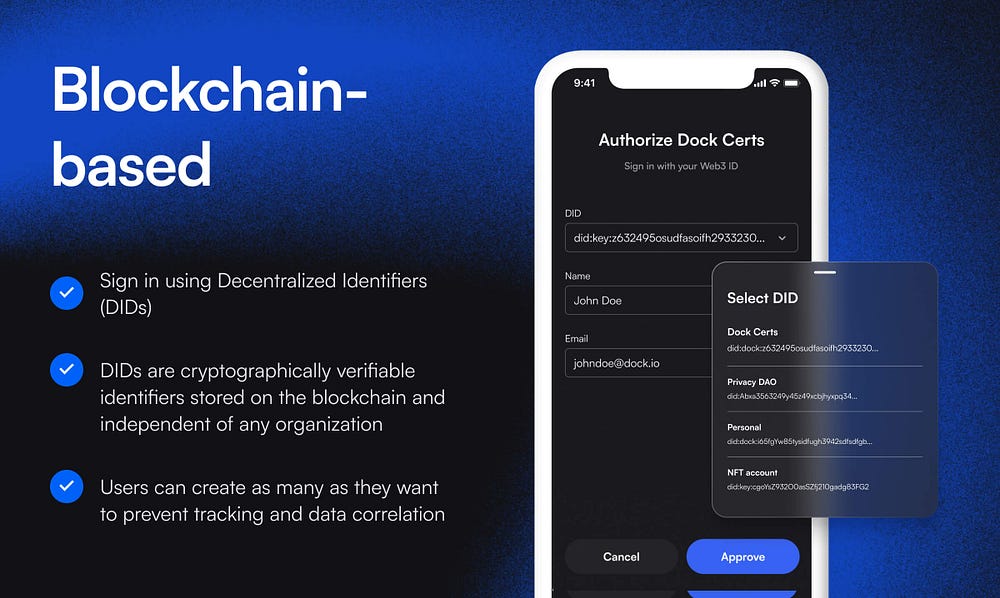
Decentralized Identifiers (DIDs) powered by Blockchain
Web5 Use cases
Web5 is very big on Identity Control; you can switch dApps with ease using your unique digital wallet, where authorizations for external apps and connections are held. After connecting your decentralized identity to a dApp, there is no need to create a profile. All connections, relationships and posts you may create on a social media dApp, for example, would be stored in your decentralized web node, allowing you travel across platforms with a portable, social persona.
Alice holds a digital wallet that securely manages her identity, data, and authorizations for external apps and connections. Alice uses her wallet to sign in to a new decentralized social media app. Because Alice has connected to the app with her decentralized identity, she does not need to create a profile, and all the connections, relationships, and posts she creates through the app are stored with her, in her decentralized web node. Now Alice can switch apps whenever she wants, taking her social persona with her.
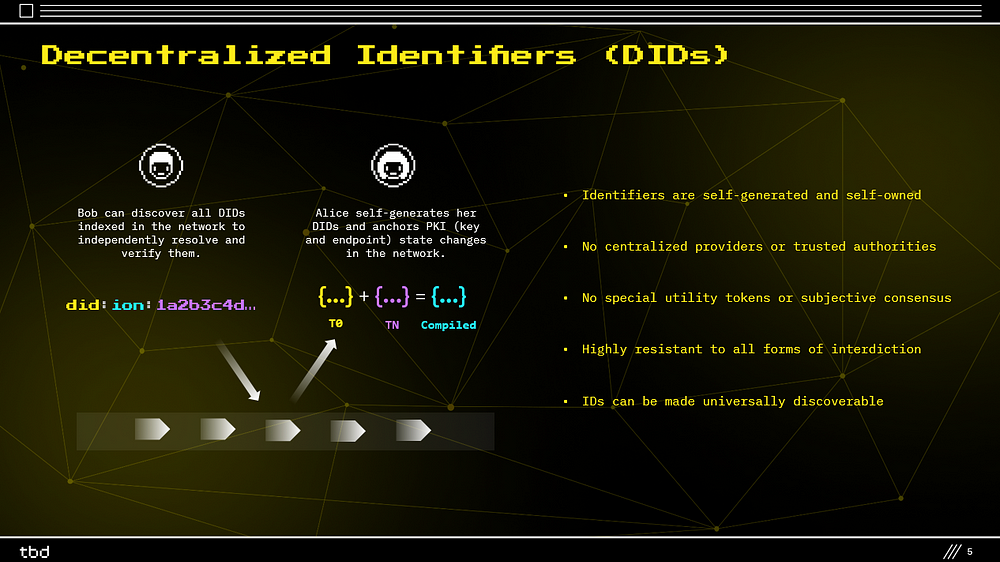
Decentralized Identifiers (DIDs)
Another big part of web5 is Data Ownership, If you want recommendations for a new movie or music, you would then authorize your streaming service of choice to access your settings and preferences — reversing roles of the current system, where you are required to submit your personal details and create an account, forever locking your data in vendor-locked silos. This way, a user’s data stays in their personal server, or decentralized web node. Access can be revoked at any point by the user, who can enjoy these services until they decide to opt out.
Bob is a music lover and hates having his personal data locked to a single vendor. It forces him to regurgitate his playlists and songs over and over again across different music apps. Thankfully there’s a way out of this maze of vendor-locked silos: Bob can keep this data in his decentralized web node. This way Bob is able to grant any music app access to his settings and preferences, enabling him to take his personalized music experience wherever he chooses.
Some important features of web5 you should note; Web5 wallets stores and safeguard a user’s identity, data and authorizations for external apps and connections, kept safe on a user’s personal nodal server. There are no tokens or smart contracts, Web5, rely on a peer-to-peer network interconnected by decentralized nodes — the core structures of Web5 — that operate a new wave of dApps, which, with the exception of its Bitcoin base layer, run independent of blockchains. Ultimately, Web5 doesn’t entirely write off the centralized platforms of Web 2 as it works in integration with the user-friendly interface.
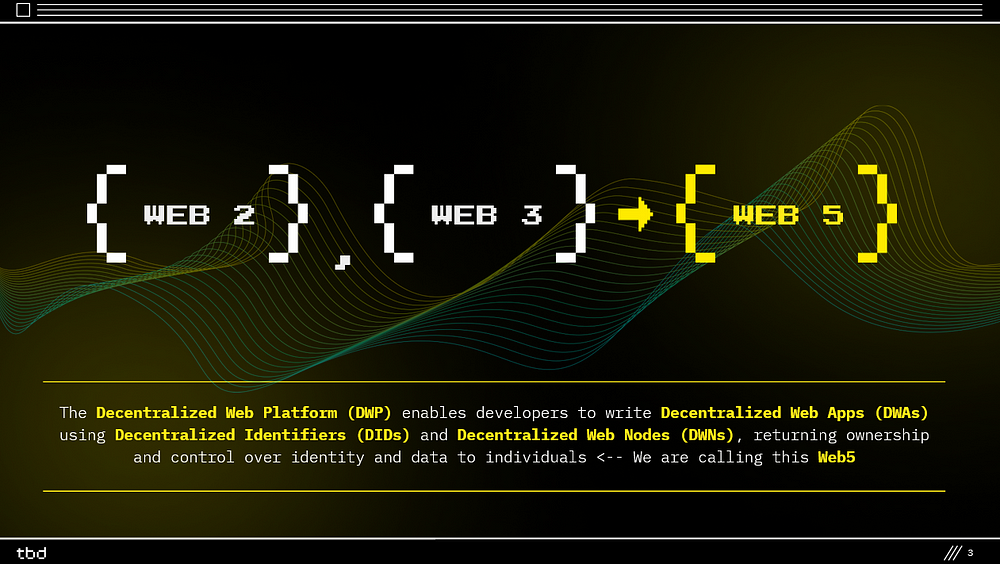
Conclusion
If you’re so particular about control of your data and storage, I think you definitely want to follow the development of web5, a fully functional web5 is probably a few years away as it might take a while for most individuals to key into it, but the perks and future of web5 is intriguing and interesting and for me personally, I am here to see what the future holds for web5
Thank you for reading. 🤗
P.S: I am open to speaking engagements and discussions of web5 and its technologies. You can reach out to me on LinkedIn or Twitter.
For a deep understanding of web5 and how its technologies operate, you can read more about web5 by following these references or also check out some web5 videos on Youtube.
References:
What is Web5 by BuiltIn — https://builtin.com/blockchain/web5
TBD’s pitchdeck on Web5 — https://docs.google.com/presentation/d/1SaHGyY9TjPg4a0VNLCsfchoVG1yU3ffTDsPRcU99H1E/edit#slide=id.g13292353b2a_0_0
TBD’s official website — https://www.tbd.website/
For Developers — https://developer.tbd.website/
Web5 Projects — https://developer.tbd.website/projects
Coindesk — https://www.coindesk.com/tech/2023/05/19/jack-dorsey-backed-tbd-launches-new-web5-toolkit-to-decentralize-the-internet/
Subscribe to my newsletter
Read articles from Victor "Elite" Ogunbode directly inside your inbox. Subscribe to the newsletter, and don't miss out.
Written by

Victor "Elite" Ogunbode
Victor "Elite" Ogunbode
I am a Technical Product Manager, I write about product management and now web5.
